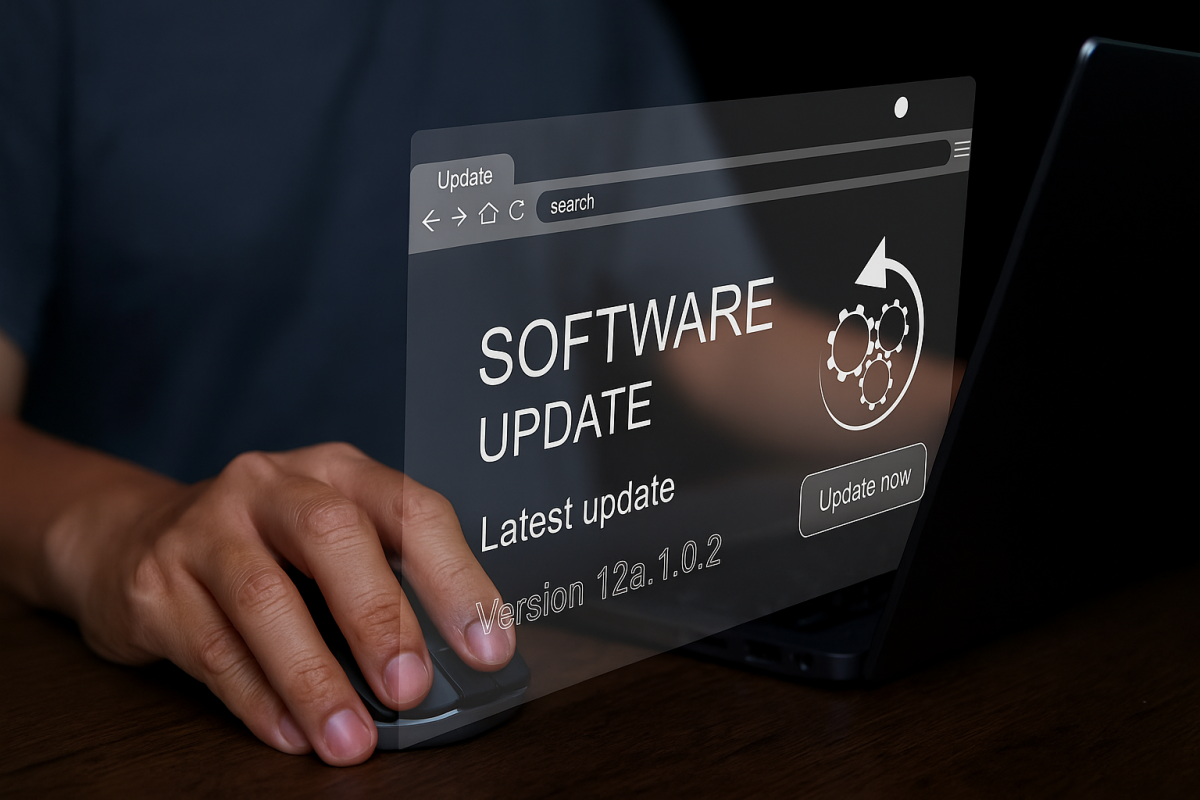

Top Four Malicious Emails and Phishing Scams
Your emails are exposing you to risk. Email correspondence remains one of the most effective and commonly used communication tools for modern businesses. Because it’s so popular, email is a frequent target for scammers looking to intercept company and personal data. In fact, studies show that up to 40% of ransomware attacks begin with a seemingly harmless email.
To protect your company’s data and reputation, it’s imperative to know some telltale signs that there’s a scammer on the other end of your communication thread. Here are four of the most common:
1. Urgency
Cybercriminals love to create a sense of urgency to trick us into doing what they want. They understand that, especially in a workplace setting, many of us do what we can to stay in people’s good graces. After all, it’s basic human nature to want to be helpful and considerate of others (and, ultimately, stay out of trouble).
But, if someone is asking you to send specific information ASAP (mainly if it includes sensitive or confidential data), you should automatically see red flags.
Understand that people who need something done urgently will often call you to ensure that you make the task a top priority.
2. Unwanted Attachments
Under no circumstances should you open an email attachment you were not expecting. If you don’t recognize the sender, immediately delete the email and report it to the appropriate department within your workplace.
On the other hand, if you get an unexpected email that appears to be from someone you work with or an affiliated organization, do your due diligence and give them a phone call first to ensure they were the ones who sent the email.
Opening sketchy attachments can end up doing serious damage to a computer system because these files often contain malware, ransomware, and other threats like trojan horses and spyware.
3. Subpar Grammar
Pay attention to grammatical or spelling errors within the subject line or body of emails. If they contain several misspelled words or unusual phrases, you could be dealing with a scammer from outside of your country.
Always ask yourself the following if you notice obvious errors in an email:
- If you recognize the sender, ask yourself: is this how this person normally writes?
- If you do not recognize the sender, ask yourself: are these errors typical for a fluent English speaker?
4. Sender’s Address is Misspelled or Suspicious
Slight variations in email addresses or names of people you know are common tricks as well. After all, many people wouldn’t notice a slight mishap in the spelling of an email address, but it’s important to start looking. It could be something as simple as using ‘sallystrom@gmail.com’ instead of ‘sallystorm@gmail.com’ to lure you in.
Contact us for Information on employee education tools
Having basic ransomware protection for your computer system is always a great idea. However, it doesn’t keep every scammer at bay. An additional layer of security in the form of education is always a great idea. After all, training your staff to know what to look out for could save you hundreds of thousands of dollars in the long run. Contact us at LeadingIT to learn more about employee training for spotting and reporting phishing emails.
LeadingIT offers 24/7, all-inclusive, fast and friendly technology and cybersecurity support for nonprofits, manufacturers, schools, accounting firms, religious organizations, government, and law offices with 20-200 employees across the Chicagoland area.


